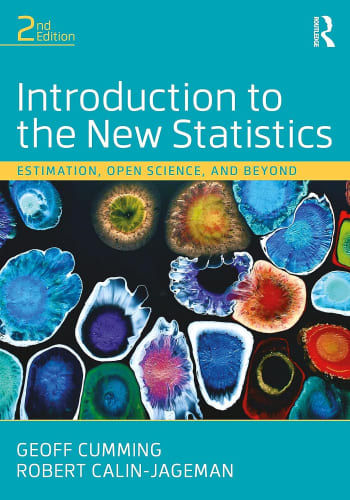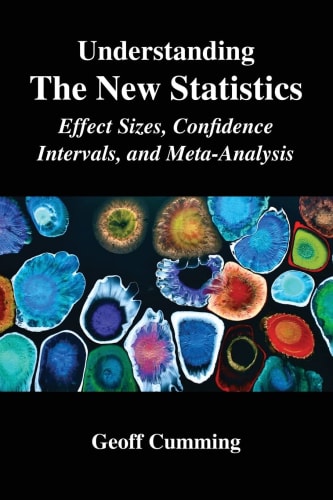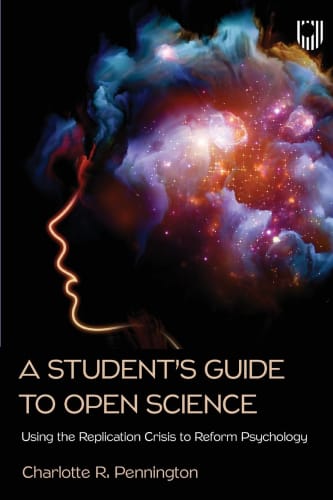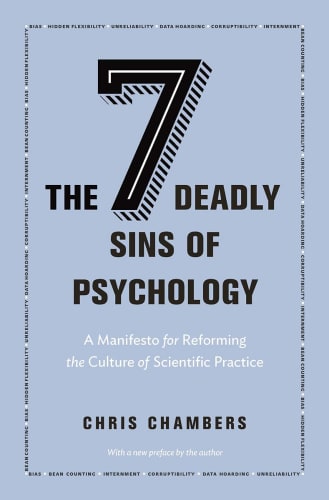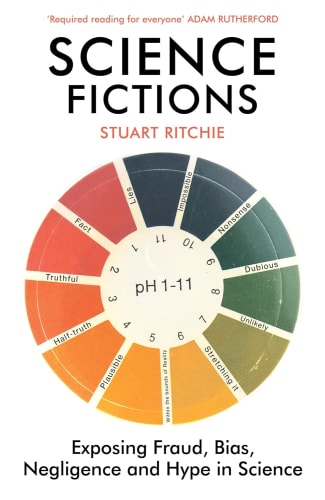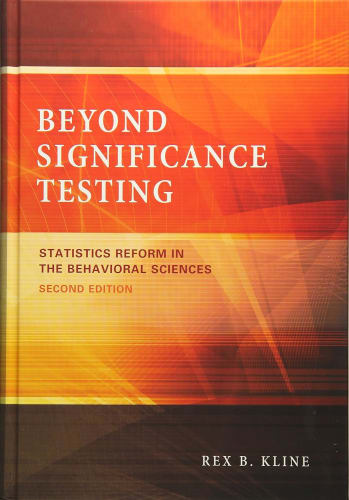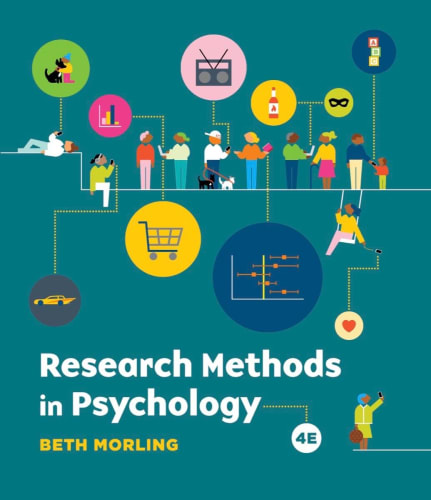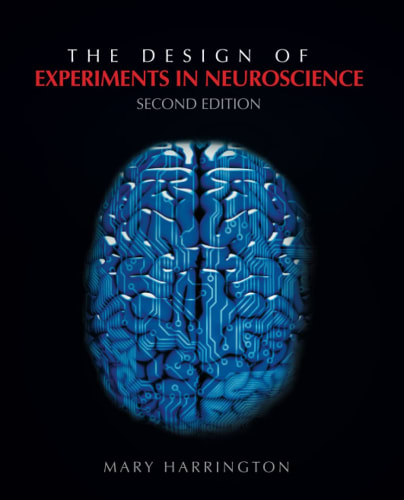
Open Science and how to do better research with better statistics
For a decade, Open Science practices have been sweeping across many scientific disciplines--perhaps the most important recent advance in how science is done. They simply make sense, are easy to grasp and a joy to teach. Open Science aims to make research more efficient, and published research more trustworthy. It arose partly in response to the terrible realisation that many ‘established’ research findings could not be replicated—they were wrong ☹ Open Science aims to make science more open by requiring very full descriptions of what was done and the complete data, all freely available online. It also aims to encourage replication: Studies need to be repeated by others. Open Science requires integration of results from related studies, which is ‘meta-analysis’. Meta-analysis requires estimation information—often a mean and confidence interval—from each included study. Estimation and meta-analysis (“the new statistics”) need to be at the heart of statistics practice and statistics education. Happily, they are a joy to teach, way better than traditional significance testing, which has caused so much damage to research. Even beginning students easily grasp the essentials of estimation, meta-analysis, and Open Science. The way of the future, here now. Enjoy!
Read more...
Read less...
